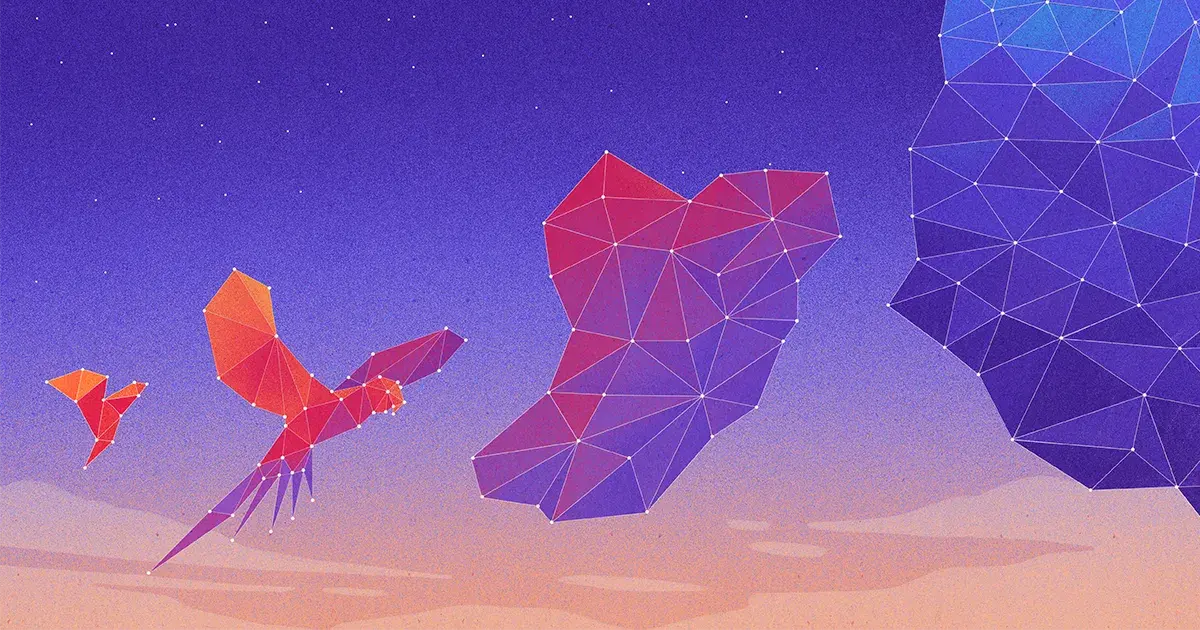- cross-posted to:
- artificial_intel@lemmy.ml
- cross-posted to:
- artificial_intel@lemmy.ml
I’ve been saying this for about a year since seeing the Othello GPT research, but it’s nice to see more minds changing as the research builds up.
Edit: Because people aren’t actually reading and just commenting based on the headline, a relevant part of the article:
New research may have intimations of an answer. A theory developed by Sanjeev Arora of Princeton University and Anirudh Goyal, a research scientist at Google DeepMind, suggests that the largest of today’s LLMs are not stochastic parrots. The authors argue that as these models get bigger and are trained on more data, they improve on individual language-related abilities and also develop new ones by combining skills in a manner that hints at understanding — combinations that were unlikely to exist in the training data.
This theoretical approach, which provides a mathematically provable argument for how and why an LLM can develop so many abilities, has convinced experts like Hinton, and others. And when Arora and his team tested some of its predictions, they found that these models behaved almost exactly as expected. From all accounts, they’ve made a strong case that the largest LLMs are not just parroting what they’ve seen before.
“[They] cannot be just mimicking what has been seen in the training data,” said Sébastien Bubeck, a mathematician and computer scientist at Microsoft Research who was not part of the work. “That’s the basic insight.”



The most efficient way for a neural network to predict Pythagorean results given inputs would be to reverse engineer a Pythagorean function within itself rather than simply trying to model statistical relationships between inputs and results. To effectively build a world model of Pythagorean calculation.
Training to autocomplete doesn’t mean that the way it achieves this is limited to any one approach or solution, and it would be useful to keep in mind that a neural network of unbounded size can model any possible function.
It wouldn’t reverse engineer anything. It would start by weighting neurons based on it’s training set of Pythagorean triples. Over time this would get tuned to represent Pythag in the form of mathematical graphs.
This is not “understanding” as most people would know it. More like a set of encoded rules.
Seems to me you are attempting to understand machine learning mathematics through articles.
That quote is not a retort to anything I said.
Look up Category Theory. It demonstrates how the laws of mathematics can be derived by forming logical categories. From that you should be able to imagine how a neural network could perform a similar task within its structure.
It is not understanding, just encoding to arrive at correct results.
What I quoted isn’t an article, it was a mathematics dissertation.
And you disputed that a NN could arrive at the theorem before being corrected about it.
There you go arguing in bad faith again by putting words in my mouth and reducing the nuance of what was said.
You do know dissertations are articles and don’t constitute any form or rigorous proof in and of themselves? Seems like you have a very rudimentary understanding of English, which might explain why you keep struggling with semantics. If that is so, I apologise because definitions are difficult when it comes to language, let alone ESL.
I didn’t dispute that NNs can arrive at a theorem. I debate whether they truly understand the theorem they have encoded in their graphs as you claim.
This is a philosophical/semantical debate as to what “understanding” actually is because there’s not really any evidence that they are any more than clever pattern recognition algorithms driven by mathematics.
Where did I claim that? Cite the exact phrase.
I said reverse engineer. Not deduce or prove.
Title of your post is literally “New Theory Suggests Chatbots Can Understand Text”.
You also hinted at it with your Pythag analogy.
I didn’t write the headline, and I happen to interpret it the same way I interpreted it in “Bees understand the concept of zero.” Language can have more than one narrowly scoped meaning, and the article body makes it clear it isn’t saying anything about human consciousness or introspective understanding.
No, I correctly stated that a model happening upon the Pythagorean function would outperform ones approximating it by statistical correlations. That, as Hinton has said in the past, “predicting the next thing takes knowledge.” It makes sense that the development of world models and abstractions from the training data and not simply surface statistics would correlate with both increased next token prediction and network complexity increases.
You interpreted what I was saying as implying the network has some woo woo interpretation of ‘understanding’ because you seem to be more committed to debating a straw man using inaccurate and overly narrow semantics than actually discussing the topic at hand in good faith.